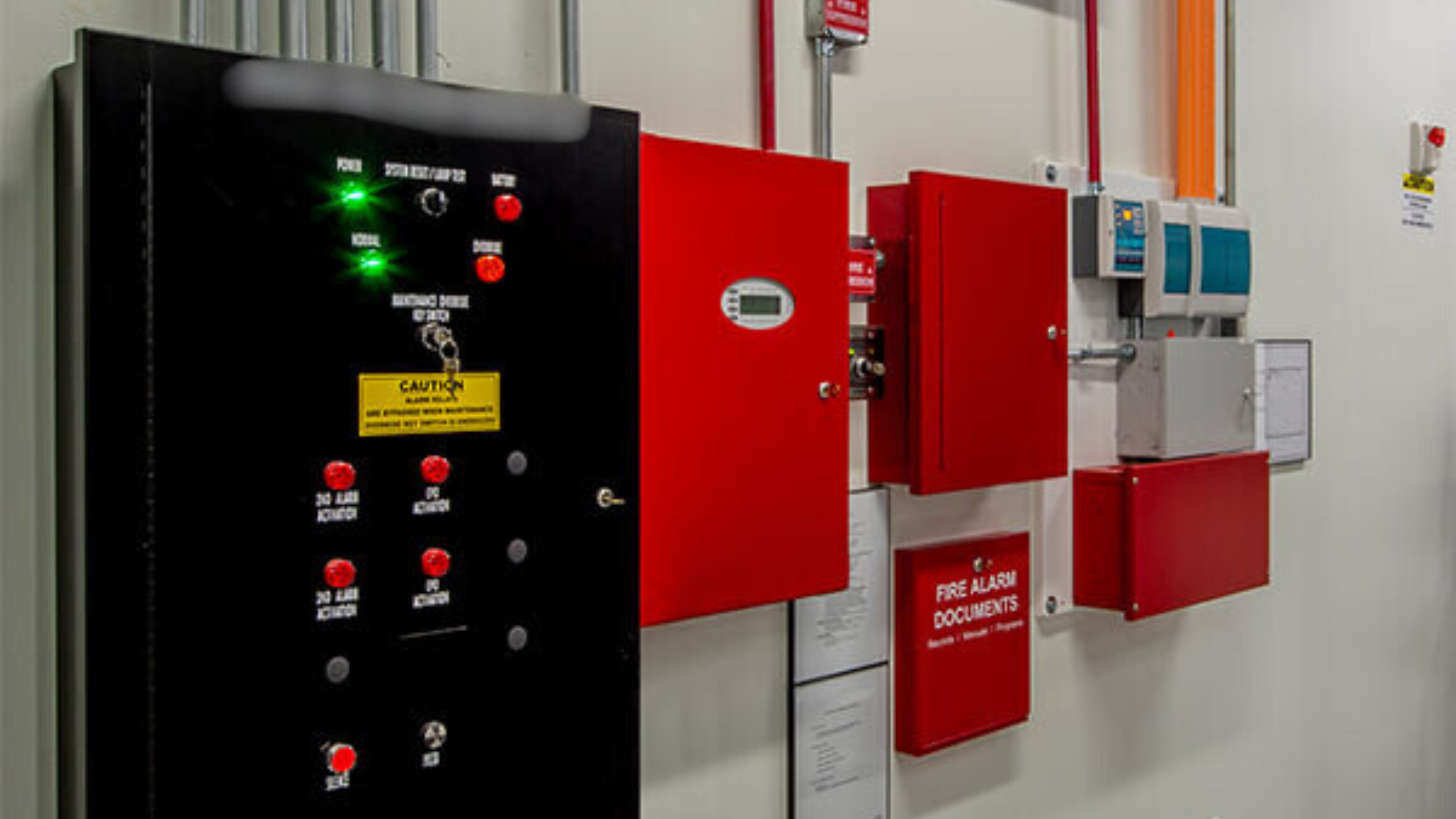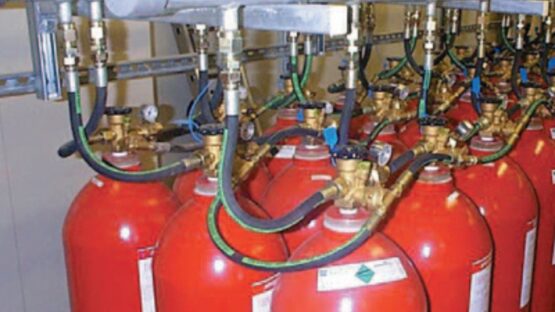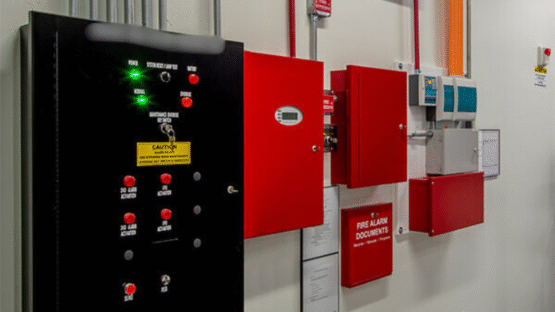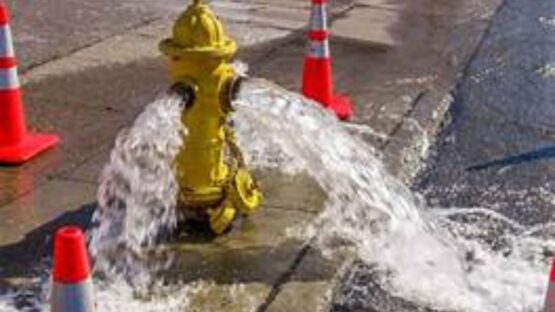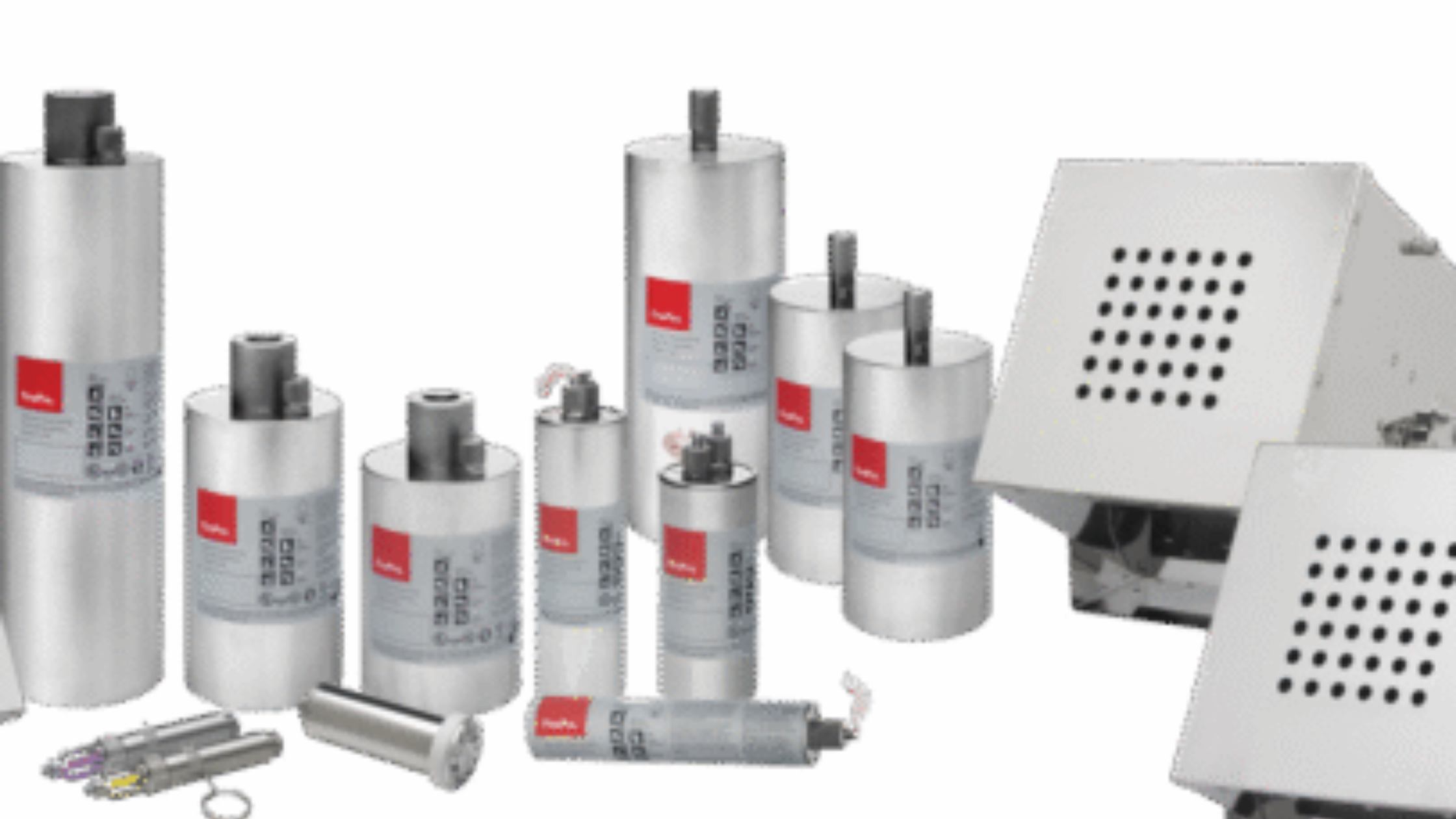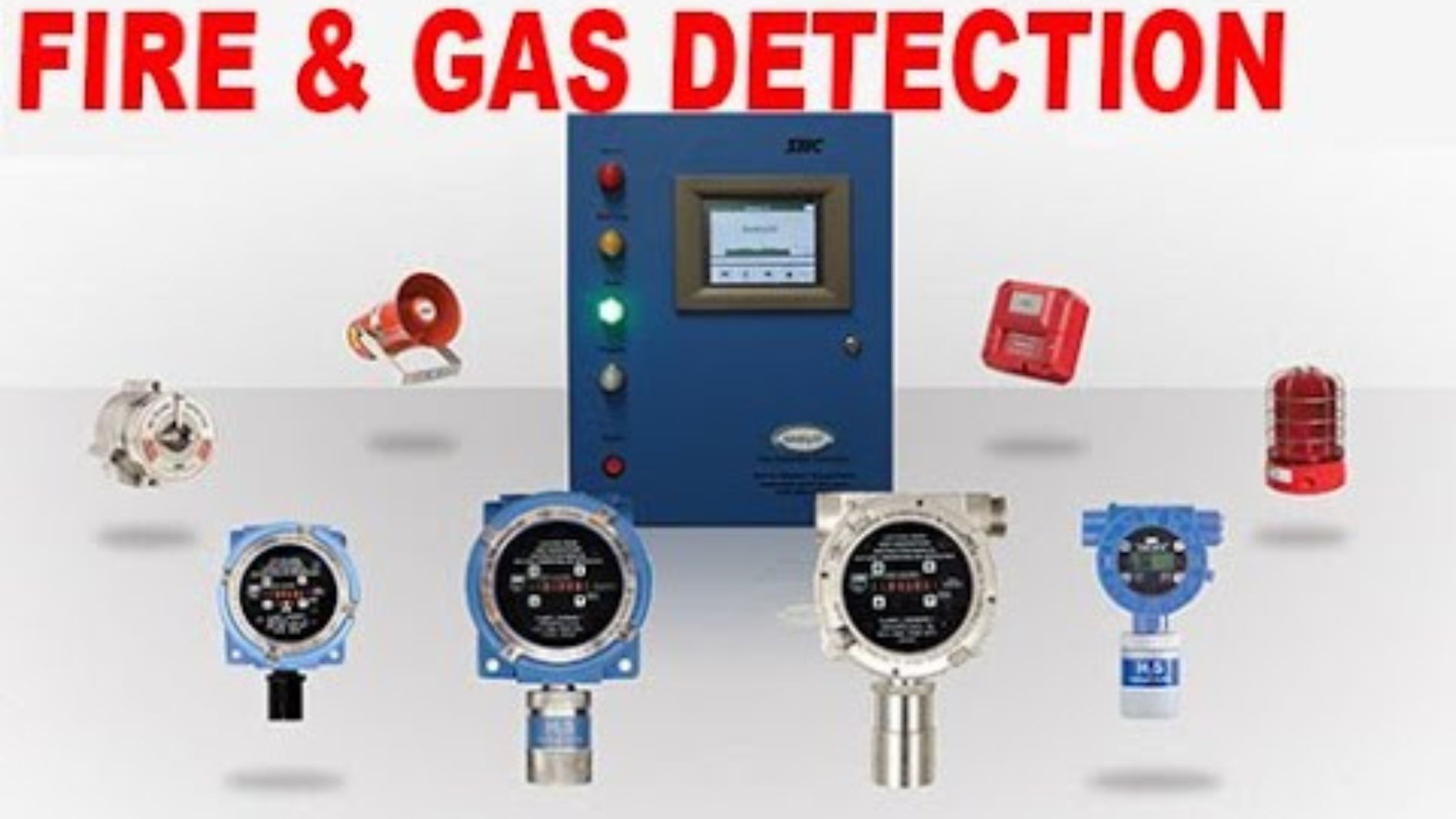A Panel Protection System is a localized fire suppression solution installed directly inside electrical panels, MCCs, VFDs, and control cabinets. It detects and extinguishes fire at the source—before it spreads or causes major damage.
Common Applications
- Electrical distribution boards
- Motor Control Centers (MCCs)
- PLC & control panels
- Server racks and UPS panels
Why Panel Protection Matters
- Electrical panels are vulnerable to short circuits, overheating, and arc faults.
- Fires often go unnoticed until they escalate dangerously.
- Early detection and automatic suppression help prevent equipment loss, fire spread, and costly downtime.
Fire Suppression Technologies for Electrical Panels
| Type | Technology | How It Works | Best For |
|---|---|---|---|
| Clean Agent (Tube-based) | FM-200 / Novec 1230 via tubing | Fire melts detection tube → agent released | Sensitive electronic equipment |
| Aerosol Generator | Condensed aerosol (e.g. FirePro) | Aerosol disperses in panel → disrupts combustion | Compact cabinets; no cylinders needed |
| Tube-based CO₂ | Low-pressure CO₂ with tubing | Fire bursts tubing → direct CO₂ discharge | Small panels (unoccupied areas only) |
| Thermal Sensors | Heat-sensitive bulbs or wires | Activates at preset temperature → triggers suppression | Backup or trigger integration |
System Components
- Detection tubing (pressurized or sensor-based)
- Agent cylinder (clean agent or aerosol)
- Nozzles/discharge points inside the panel
- Optional controller for alarm/BMS integration
Key Features & Benefits
- Detects and suppresses fire directly at the source
- Standalone operation—no external power required
- Fully automatic fire suppression
- Easy to install or retrofit
- Clean agents leave no residue—safe for electronics
Ideal Use Cases
- Manufacturing & industrial plants
- Data centers and telecom equipment
- Power distribution and transformer rooms
- Renewable energy systems (e.g. solar inverters)
- Oil, gas, and hazardous area installations


